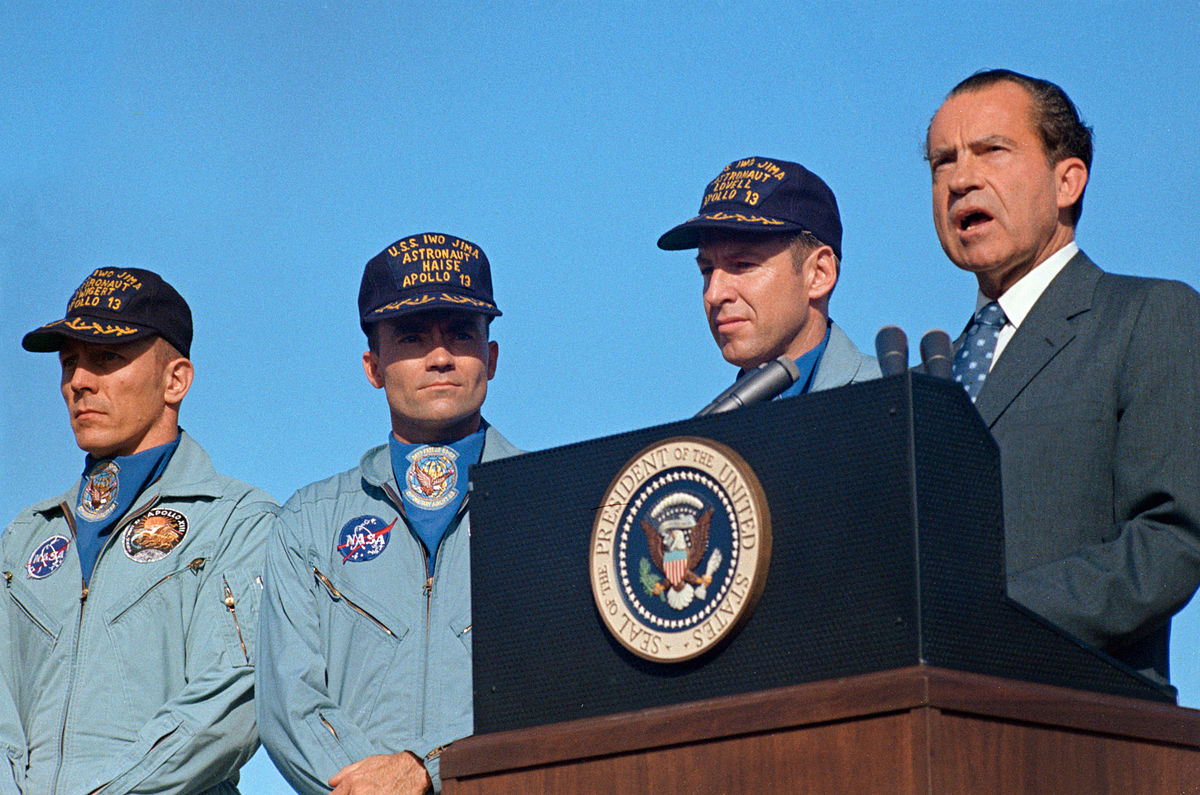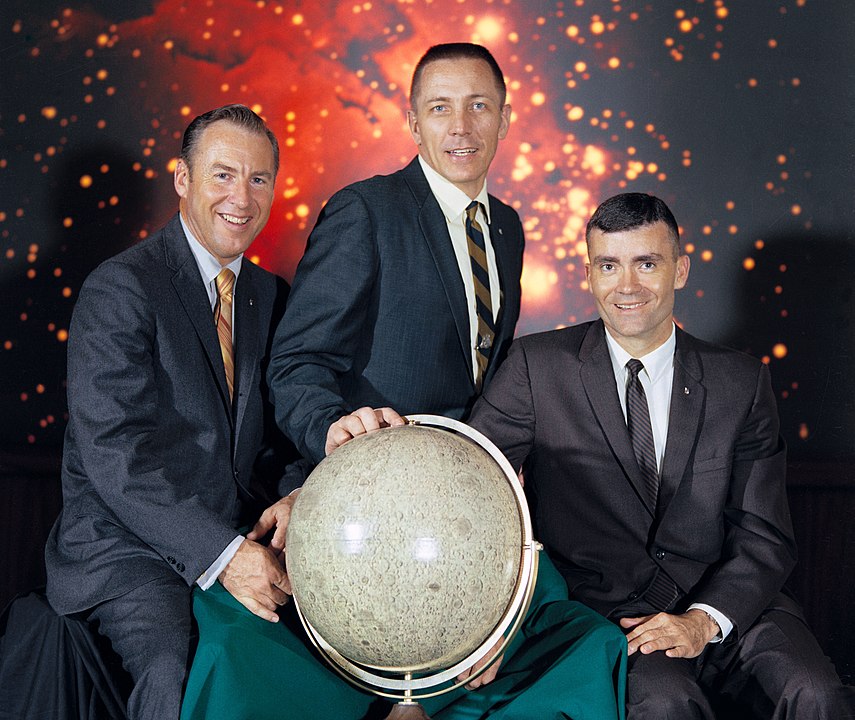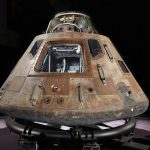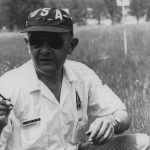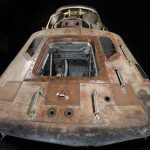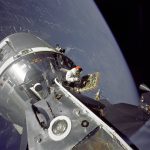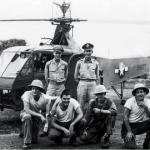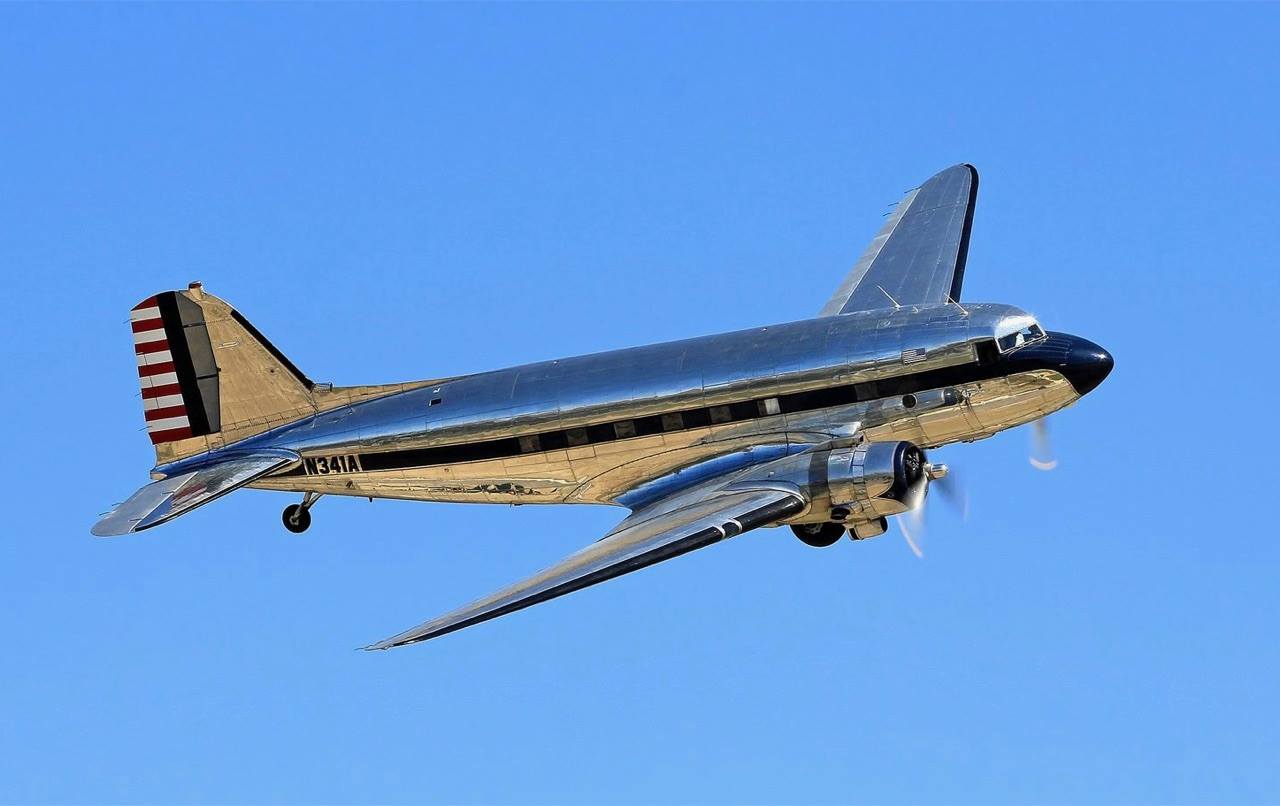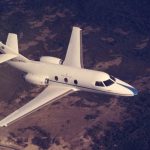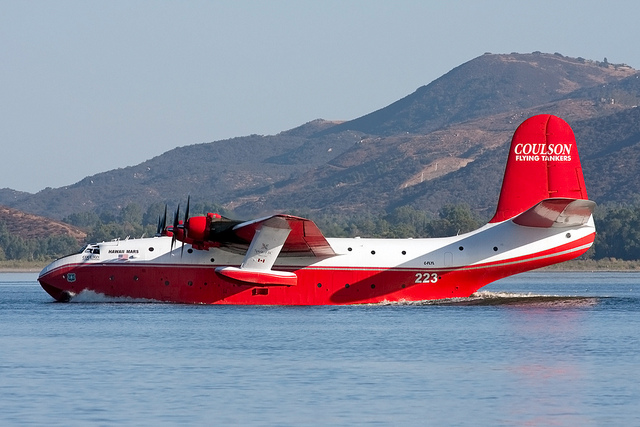This week marks the 50th anniversary of Apollo 13, the dramatic lunar mission which NASA later regarded as a “successful failure.” Although Apollo 13’s crew did could not completing their original mission to land on the Moon, since an explosion damaged their spacecraft’s service module, they did succeed in their updated mission – getting home safely.
There are a few ‘virtual’ ways in which you can participate in commemorating this milestone anniversary digitally…
The Smithsonian’s National Air and Space Museum will host two live chats on Thursday, April 16. First they will hold an Air and Space Live Chat about the Apollo 13 mission on Facebook Live at 1 pm EDT. They will then conduct an “Apollo 13” Film Discussion on YouTube Live at 8 pm EDT.
On Friday, April 17 at 2 p.m. Pacific time, the San Diego Air & Space Museum will host a live chat with Apollo 13 Astronaut Fred Haise, Mission Lead Flight Director Milt Windler, and Flight Directors Gerry Griffin and Glynn Lunney on the Museum’s Facebook page (click HERE). The event will take place exactly 50 years to the day after the splash down for one of NASA’s most heralded missions. It is the real life story about what it took to save the crew from what seemed like certain death in deep space.
The Smithsonian’s National Air and Space Museum will also field another interesting program replaying the lecture ” The 40th Anniversary of Apollo 13″ from 2010, which features flight director Gene Kranz and the original crew slated for Apollo 13, Jim Lovell, Fred Haise, and Ken Mattingly, and an introduction by John Glenn! As readers will no doubt recall, Jack Swigart replaced Mattingly on the actual Apollo 13 mission due to the latter’s perceived illness, but this proved a crucial element in the crew’s salvation, as it was Mattingly who figured out how to safely reboot the Command Capsule on the journey home. NASM’s website also hosts a virtual tour inside the museum’s lunar module (LM-2) so visitors can get a sense of where Apollo 13’s crew spent most of their journey home – they used their lunar module, Aquarius, as a life boat for much of this voyage.







